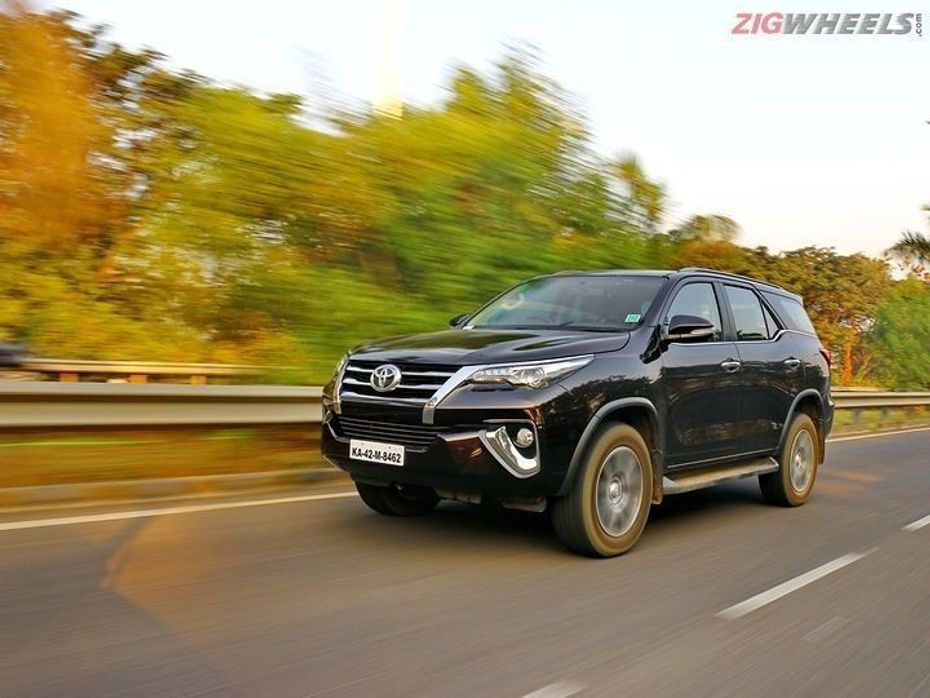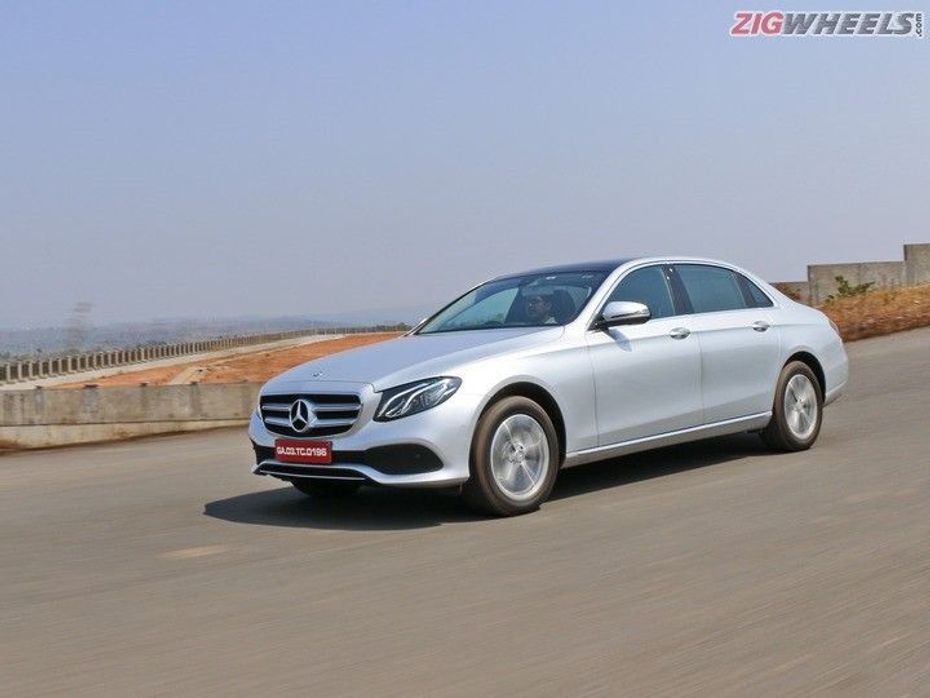
Auto Expo 2025 - All You Want To Know About The Hottest Auto Show!
- Jan 5, 2025
- Views : 6578


Within just a few weeks since GST came into action, the Government seems to have realised that it could have slapped a higher tax rate on bigger cars. And hence, the Council soon started contemplating adding another 10 per cent cess to larger cars.
As of now, any car with an engine displacing more than 1500cc and stretching over 4000mm, bumper to bumper, falls under the big car category. Miss any of the two marks, and you'll end up with a car that falls under the newly created 'mid-size' category. That makes it eligible for a lower cess slab of 15 per cent on top of the 28 per cent GST. Stay under the two barriers of dimension and displacement and enjoy a cess of 1 per cent or 3 per cent, depending on what fuel goes into the engine. Breaching the two thresholds will soon bring the additional cess to 25 per cent.

The Council has decided to raise the cess ceiling to 25 per cent for larger vehicles, but it's unclear when the new rule will come into effect. Car manufacturers have already had to deal with the logistics and paperwork once to accommodate the new tax structure. While some carmakers will have to look into only a handful of their cars, there are still many that'll have to work on the entire portfolios.
Accountants will be working overtime again, but that's only a small part of the equation. Manufacturers will have to scribble over their books once more and re-evaluate the market sentiments to accurately predict future demands and place orders with their suppliers. Frequent changes in the estimates greatly affect carmakers' and their suppliers' profits. Having to deal with three different tax structures with massive fluctuations in a single financial year makes the Indian auto industry extremely volatile and less enticing for foreign players.

The luxury car market will face the heat after enjoying their brief period of GST tax break. Sports cars and gas guzzlers such as Porsche, Lamborghini, Ferrari and others are going to be the obvious sufferers. Mercedes-Benz, Audi, BMW and their competitors will also jack up the prices when the new cess goes live. Mahindra, Tata, Toyota will once again pay the price for selling SUVs. Unfortunate victims will include the Hyundai Verna, Creta, Maruti Suzuki S-Cross 1.6 and petrol variants of the Volkswagen Vento and the Skoda Rapid. What looked like a small engine for the Jeep Compass will remain attractively priced while the diesel variants of the SUV will become pricier.

On one hand, Hyundai is trying to explain why the Verna should not share the tax slab with a Ferrari. While on the other Audi is suggesting that the Council holds this off until the end of this financial year. According to Audi, selling more cars with lower taxes could be more beneficial for the government than selling fewer cars with higher taxes. Mahindra’s Pawan Goenka has stated that he was expecting a revision along such lines. In stark contrast, Jaguar Land Rover’s Rohit Suri is requesting officials to reconsider the hike and leave the GST structure as is.

The new tax structure may force Hyundai to once again deploy the 1.4-litre petrol and diesel engines in the new Verna. Rumours suggest that Maruti Suzuki may also drop the S-Cross 1.6 from the lineup when the crossover gets a facelift later this year.
As enthusiasts, we’d like to see the Indian auto industry flourish and post stronger sales figures. What counts as a ‘luxury car’ and what doesn’t is still up for a debate.
Also Read: Car Prices Fall Across India After GST

Auto Expo 2025 - All You Want To Know About The Hottest Auto Show!

Mahindra BE 6 Launched: Price For The Top-spec Variant Is Out!

Volkswagen Golf GTI Set For India Launch In Mid 2025, Top 5 Things...

JSW MG Motor India Revealed Their New SUV, The MG Majestor At Auto...

Auto Expo 2025: Tata Sierra ICE Concept Breaks Cover, All Details...

VinFast VF3 vs MG Comet EV: A Detailed Comparison Of The Two Cute And...

Here’s A List Of All Cars That Will Be Coming To The Auto Expo...

2025 Tata Nexon Introduced With 3 New Variants And 2 New Colours

The Story Of Tata Sierra: An Icon India Missed And Now Eagerly Awaits
India's largest automotive community
 Kia Syros
Rs. 8.99 Lakh
Kia Syros
Rs. 8.99 Lakh
 Vayve Mobility Eva
Rs. 3.25 Lakh
Vayve Mobility Eva
Rs. 3.25 Lakh
 BMW X3
Rs. 75.80 Lakh
BMW X3
Rs. 75.80 Lakh
 Hyundai Creta Electric
Rs. 17.99 Lakh
Hyundai Creta Electric
Rs. 17.99 Lakh
 Lotus Emira
Rs. 3.22 Crore
Lotus Emira
Rs. 3.22 Crore